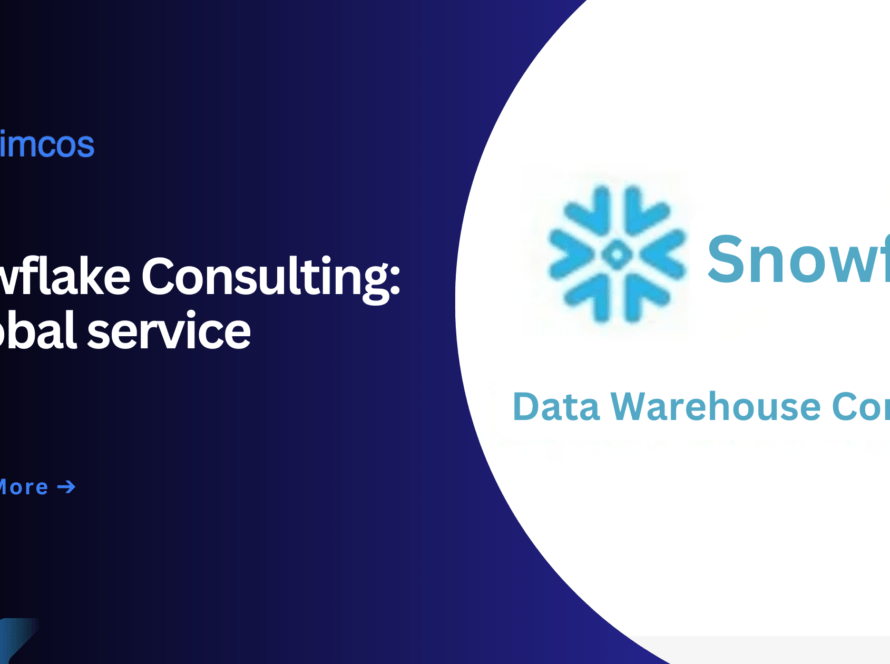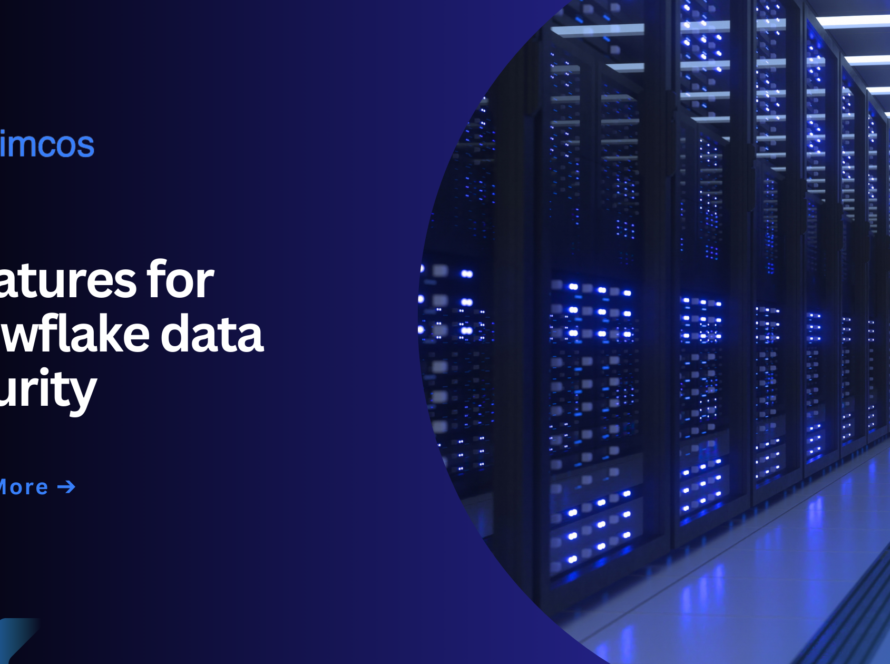Businesses now have massive amounts of data and information available. This is great for data analysis, but it also creates challenges. If all this data is messy it becomes difficult to work with. Raw data is hard to sort through. The challenge isn’t gathering more information, but choosing what to keep and analyze.
Table of Contents
What is Data Transformation?
Data transformation is the process of converting, cleaning and manipulating raw data into a usable format for analysis or other tasks. This process is all about getting data ready for action. It involves cleaning, validating and preparing data and putting it in a format that’s easy to work with. This is a super important step, used for bringing data together, moving it around and storing it. Data experts work together to do this and the end goal is to have data that’s primed for analysis and uncovering insights.

Why is Data Transformation needed?
Businesses collect huge volumes of information out of which most is rather unclean and cannot be analyzed as such. Data transformation meets this challenge. It describes cleaning, arranging and formatting this raw data in a manner that will make it compatible with different systems and analysis tools.
Data transformation enables the organization to combine multiple sources of data, move the information into new applications and enhance the quality. In this way, they could draw upon the data for making decisions and forecasts that drive business growth.
Making Data Useful: A Step-by-Step Process for Data Transformation
Data transformation is a multi-step process. First, the data is examined to understand its structure and identify any issues. Then, a plan is created to clean and format the data. Next, specialists build instructions to automate these changes. Finally, the code is run to transform the raw data into a usable format for analysis.
Steps involved in the process of Data Transformation –
1. Examining the Raw Data
Data comes in many forms and is incorrect or inconsistent. In general, this is the most basic first step whereby the structure and content of the data are realized. Based on this, data types should be identified, such as numbers, text and dates, checking missing values and surveying the distribution of the data, that is, the spread of values. Data profiling tools, like Trifacta Wrangler or other open-source alternatives, for instance Apache Spark Profiler, provide an appropriate environment for such analysis.
2. Designing the Transformation Process
Understanding the data leads to planning how that data will be transformed into a format needed. Determine what needs to be done to clean the data, standardize formats and/or create new data points. Map out visually how the data would flow and what types of transformations will occur at each step in data mapping software such as Apache Airflow or commercial versions like Informatica PowerCenter Designer.
3. Building the Transformation Engine
This is the actual development of the instructions, otherwise known as code, which will drive the automation of the data transformation process. Translate the defined transformations into code that will be executed by a computer program. Depending on the complexity, data engineers might write custom code using Apache Spark or use data transformation platforms such as Microsoft Azure Data Factory. These tools already offer prebuilt functions and a user-friendly interface to build the transformation logic.
4. Executing the Transformation
With the code set, the program executes the data transformation. Based on the defined transformations against the raw data, create the cleansed and formatted output. Code is executed on a data integration platform such as Apache Spark or commercial solutions like Informatica PowerCenter Integration Service.
5. Validating the Transformed Data
The last step is to ensure that the transformed data is in a projected format and error-free. Validation of data will ensure their precision, integrity and conformance with the specifications of the data. Data validation would be effected using open-source tools such as Open Refine or Pandas library or using commercial versions such as Informatica PowerCenter Data Quality to identify and resolve any issue in data quality.
Not all data needs transformation; it sometimes it is used just as it. But most of the time, this process cleans and prepares the data in a harmonized manner to render them useful and valuable for insight generation to meet business needs.
Businesses collect massive amounts of information, often in a very messy form that cannot be directly used. Data Transformation transforms data into usable information for businesses to get more insightful views about customer behaviour, internal processes and industry trends. When the data has been cleaned and structured, insights that are valued by the business are gained; data quality is enhanced and it becomes compatible across systems. This leads to faster decision-making, hence the desired business outcome.

Benefits of Data Transformation:
1) Putting Data to Work
It basically involves data collection from customers, sales, or website traffic in a specified format. Standardization through transformation into one format makes data access, analysis and use easier. The process, therefore, facilitates drawing insights to make informed decisions because it organizes the data into an analytical format.
2) Consistent and Clean Data
The information provided by different sources could have different naming conventions or no value at all. The transformation cleans all that through standardizing the format and filling the gaps, hence making sure the information is accurate. It simplifies the analysis by making the information more reliable and consistent for meaningful insights and decision-making.
3) Improved Data Quality
In most instances, there are errors in data such as typos or duplicate entries. These are looked upon during transformation and thus corrected to improve the quality and reliability of data. This, in turn, improves the integrity of the data on which an organization trust insights emanating from it for better decision-making and effective outcomes.
4) Works Across Systems
The data should be compatible across all systems to ensure easy analysis and reporting. Transformation involves changing the data into standardized formats that are convenient to work with using different tools and software. Such compatibility at the organization allows different platforms to work effectively, hence better integration and proper usage of data to derive insight into better decision-making.
5) Faster Access to Insights
That is, in an unstructured large spreadsheet, it is very time-consuming to look for something. Transformed data is organized and labels are clear; hence, finding anything is quick and effortless. This structured approach will enable the analysis and decisions quicker than before by providing access to the insights efficiently and acting on those in time, hence improving overall productivity and response times.
6) Better Insights and Predictions
Clean, organized data allows for more precise analyses that provide better insights and predictions. In turn, transformation enables the business to extract precise reports and forecasts out of reliable data. Good quality data helps an organization have better insight into decision-making. It find out the trend, predict what it will need in the future and work out a strategy that keeps it going upscale toward success and growth.

How does Himcos help?
Himcos is a leading provider of data transformation services. Our team of experts help businesses with every step of the process, from data profiling and cleansing to designing and implementing transformation workflows. We use the latest tools and technologies to ensure your data is accurate, consistent and ready to use for analysis.
Contact Himcos today to learn more about how we help businesses get the power of data in this AI driven era.



